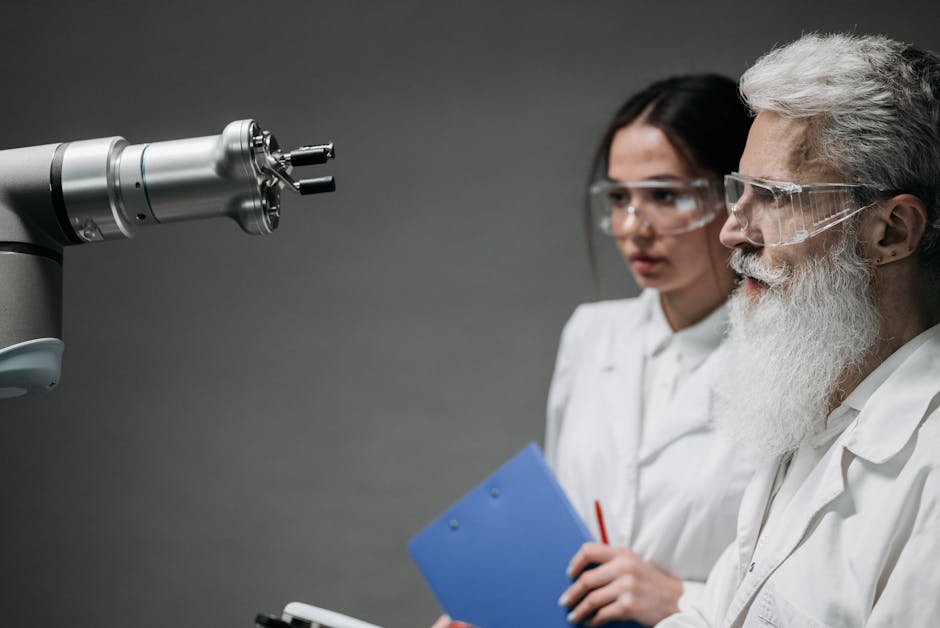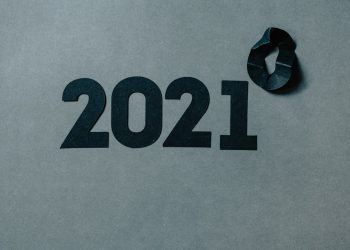No products in the cart.
Navigating Human Creativity and AI in Development
How will human creativity compete with AI automation in web and app development? Discover the evolving landscape today.
San Francisco, USA — The landscape of web and app development is undergoing a seismic shift. As artificial intelligence (AI) continues to advance, it is reshaping the roles of developers and designers across the globe. The tension between human creativity and AI automation is palpable, raising questions about the future of work in this critical sector.
Traditionally, web and app development relied heavily on human skills. Creativity, problem-solving, and intuition were the hallmarks of successful developers. However, AI technologies are now beginning to take over tasks that once required these human attributes. Tools like GitHub Copilot and OpenAI’s ChatGPT have already demonstrated their ability to generate code, troubleshoot issues, and even design user interfaces. This has led to a growing concern about job displacement and the diminishing role of human developers.

According to a report by Gartner, by 2025, AI will automate 85% of customer interactions, including those in web development, fundamentally altering how developers engage in their work. This figure underscores the urgency for professionals in the field to adapt to the rapidly evolving landscape. Developers are no longer just coders; they must evolve into creators who leverage AI as a tool rather than see it as a competitor.
The New Role of Developers
As automation tools become more sophisticated, the role of developers is shifting. They must now focus on higher-level tasks that require critical thinking and creativity. This evolution means that developers need to enhance their skills in areas such as user experience (UX) design, project management, and system architecture.
Online platforms like Coursera and Udacity are already offering courses on AI and machine learning, helping professionals upskill and remain relevant.
For instance, companies like Adobe are integrating AI into their platforms, allowing designers to automate repetitive tasks while still focusing on the creative aspects of their projects. This approach not only increases efficiency but also empowers human creativity. The blend of AI and human skills can lead to more innovative solutions and enhanced productivity. However, the challenge lies in how to effectively train the workforce to harness these new tools.
Upskilling and Lifelong Learning
To thrive in this evolving landscape, continuous learning is essential. Educational institutions and training programs must adapt their curricula to include AI technologies and their implications in the workplace. Online platforms like Coursera and Udacity are already offering courses on AI and machine learning, helping professionals upskill and remain relevant.
A recent survey by LinkedIn found that 94% of employees would stay at a company longer if it invested in their career development. This statistic highlights the need for employers to foster a culture of learning and growth. Organizations that prioritize upskilling their workforce will not only retain talent but also drive innovation and competitiveness in the market.
The Future of Collaboration
Looking ahead, the relationship between human creativity and AI will likely evolve into a collaborative partnership. Rather than viewing AI as a threat, developers can utilize it to augment their skills and enhance their creative processes. This synergy can lead to groundbreaking advancements in web and app development.
AI can handle mundane tasks, allowing developers to focus on the more intricate aspects of design and functionality. For example, AI algorithms can analyze user data to provide insights into user behavior, enabling developers to create more personalized experiences. The results can be transformative, blending the analytical power of AI with the unique human touch that only a developer can provide.
Challenges Ahead
Despite the potential benefits, challenges remain. Ethical concerns surrounding AI, including biases in algorithms and job displacement, must be addressed. As AI continues to integrate into the development process, it is crucial to implement ethical guidelines and frameworks to ensure responsible usage.
As AI continues to integrate into the development process, it is crucial to implement ethical guidelines and frameworks to ensure responsible usage.
Moreover, the rapid pace of technological change can lead to a skills gap, where the demand for AI-savvy developers outstrips the supply. This gap could hinder innovation and slow down the adoption of new technologies. To mitigate this risk, industry leaders must collaborate with educational institutions to create programs that equip the next generation with the necessary skills.
Looking Forward
The future of web and app development is bright, but it requires a proactive approach to education and skill development. As AI technologies continue to advance, professionals in the field must embrace lifelong learning and adaptability. By fostering a culture of collaboration between human creativity and AI, the industry can unlock unprecedented levels of innovation.
Ultimately, the key takeaway is clear: the integration of AI into web and app development is not about replacement but rather enhancement. Developers who adapt and leverage these tools can redefine the boundaries of creativity, leading to a more dynamic and innovative future.











